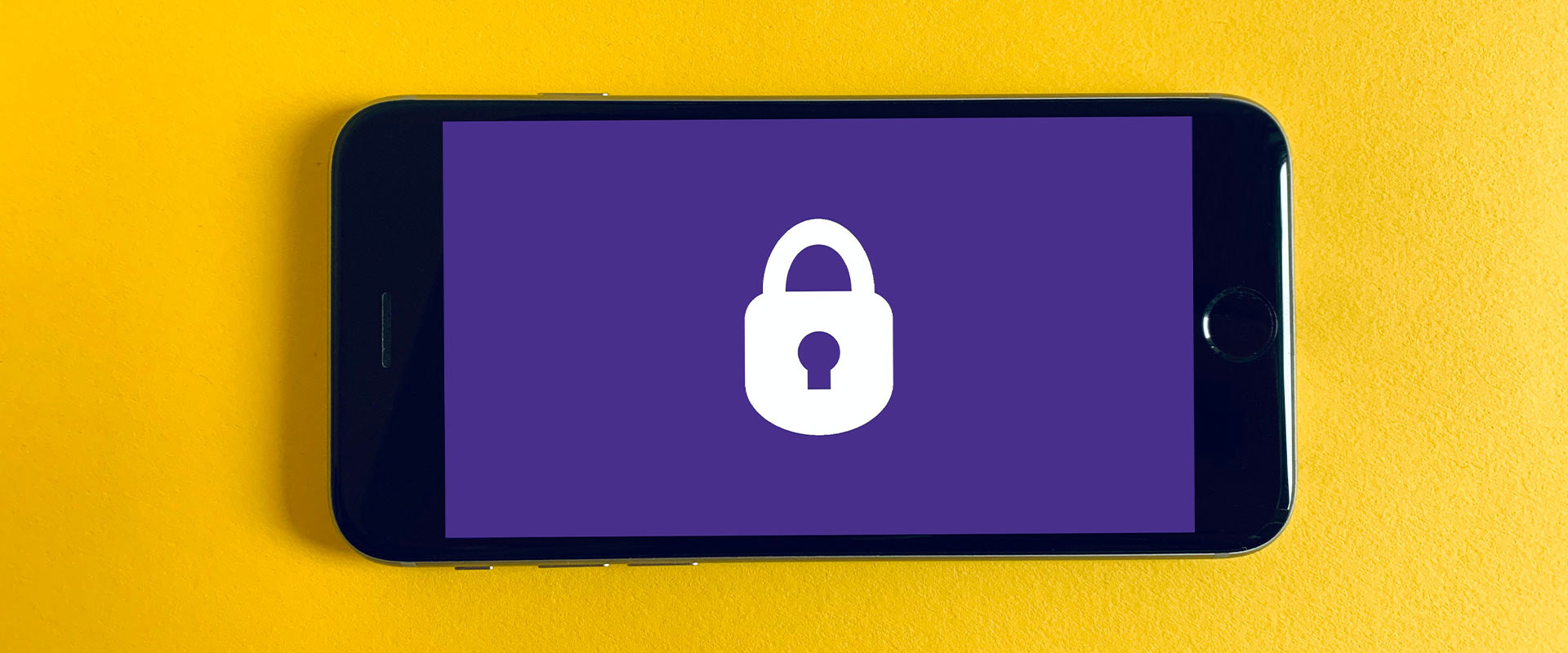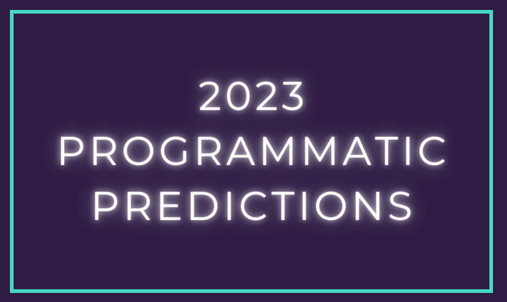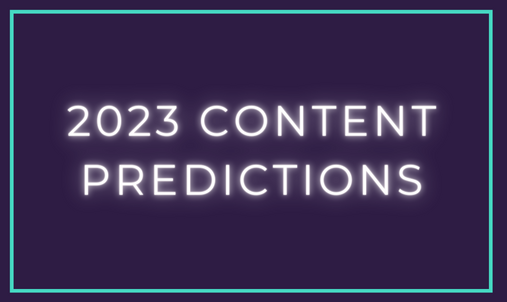2023 Performance Creative Predictions
According to a recent report by Ofcom , on average UK adults spend 4 hours per day consuming online content, 3 of which via their smartphones. In the following article, we explore 5 key trends around creative and content consumption that will be important considerations for all brands in 2023 and beyond.
TikTok Content Creator
TikTok has become a real favourite amongst all age groups over the last two years, with over 9 million people in the UK now using the viral video app each month. The short, sharp and snappy nature of its content makes it possible for anyone to pick up a phone and become a content creator. And user-generated content is becoming a favourite with brands too, allowing them to deliver a more playful tone to content marketing. It’s also easy for anyone to run a TikTok campaign via the creator marketplace. This allows agencies and brands to recruit the very best influencer talent, directly in the platform. No need for a specialist agency and millions of pounds developing a TV advert: choose a creator who best suits your brief, get them on board, and away you go.
Digital audio personalisation
The rise of podcasts has seen an explosion in content creation within audio, and provided a real boost for the medium. Digital audio experienced strong growth in the first quarter of 2022, with revenues rising 500% to £4.2m compared to Q1 2021, according to the latest Digital Publishers Revenue Index (DPRI) from the Association of Online Publishers (AOP) and Deloitte. Personalisation is a particular area of focus for marketers with a recent survey by YouGov revealing that 35% of respondents see it as a priority for 2023. Personalisation of audio adverts specifically, although not new to the market, is growing in popularity as the technology comes of age. Companies like a million ads use their market-leading creative studio platform to deliver thousands of data-driven audio creative variations in a matter of minutes, and then serve them into existing ad tech platforms. This will enable brands greater flexibility to test messaging for specific audience segments or even individuals, allowing for a truly personalised campaign experience.
Getting creative in the Metaverse – VR creative
Many still do not truly understand the metaverses or its potential to revolutionise the way we communicate, be it between people, how we share information or how brands engage with customers and their workforce. Consumer and enterprise VR market revenue is expected to reach. $6.71 billion by the end of 2022 and $12 billion by 2024.
With main tech groups backing the metaverse to follow in the footsteps of the internet, it would appear we aren’t a long way from interacting with others in a VR-generated online universe. In 2023, the metaverse train will continue to gain momentum with NFTs, VR video games and AI. The key for brands will be in understanding how to maximise it creatively. Some have already started to explore its potential, such as Etsy who have created an immersive, shoppable experience which allows people to “walk through” a virtual home filled with Etsy items. The house is fully shoppable: when you hover over selected items, a pop-up will provide more information on the product and a link to purchase. Pretty darn cool if you ask me!
Inclusivity
When marketers develop their content and creative strategies, they often overlook diversity, equity and inclusion. Prioritising inclusivity will be of the utmost importance in 2023, with younger adults more likely to choose brands that show diversity in their advertising. Inclusive content should focus on representing and resonating with people of varying characteristics.
To achieve this, brands must choose their words and their messaging carefully, becoming aware of how pronouns, pop culture references and idioms may impact readers. Content should also involve carefully selected images in marketing campaigns. Customers are more likely to identify with a brand’s campaign when they can see and relate to people more like themselves.
Sustainability
Already one of the decade’s biggest talking points, we are at a crucial crossroads in human history when it comes to the future of the planet, and how we as a global community need to come together to make real change. Against a backdrop of the recent COP27 summit, brands should pay particular attention to sustainability and their perceived footprint on both local and global economies.
Going forward into 2023 and beyond, all but the most niche brands need to produce content and messaging that appeals to millennials, gen Z and alphas. According to a consumer survey by Accenture, 62% of consumers prefer to shop from purpose-driven brands and will reject brands that don’t show genuine commitment to the environment.
One-way brands can offset their carbon footprint in 2023 is to look at their supply chain and to ensure the technology being used is sustainable or makes a commitment to reducing its own carbon footprint. One such approach is to ensure your agency partners have signed up to Ad Net Zero, the advertising industry’s drive to reduce the carbon impact of developing, producing and running advertising to real net zero by 2030. Space & Time is proud to be part of this initiative; there is still a huge amount to achieve but already carbon efficiency is one of the key determinants in selecting one of our many tech partners in this space.







